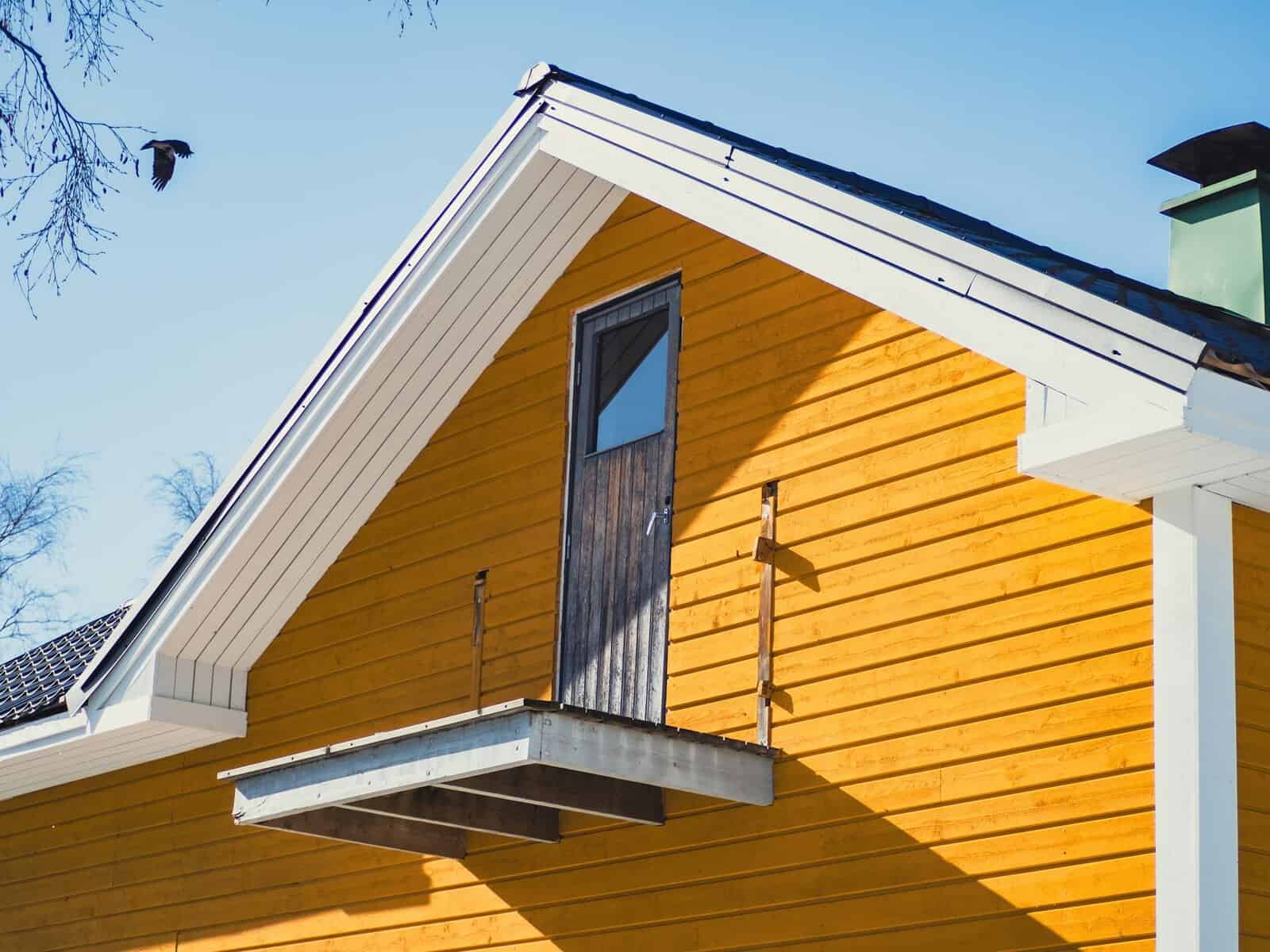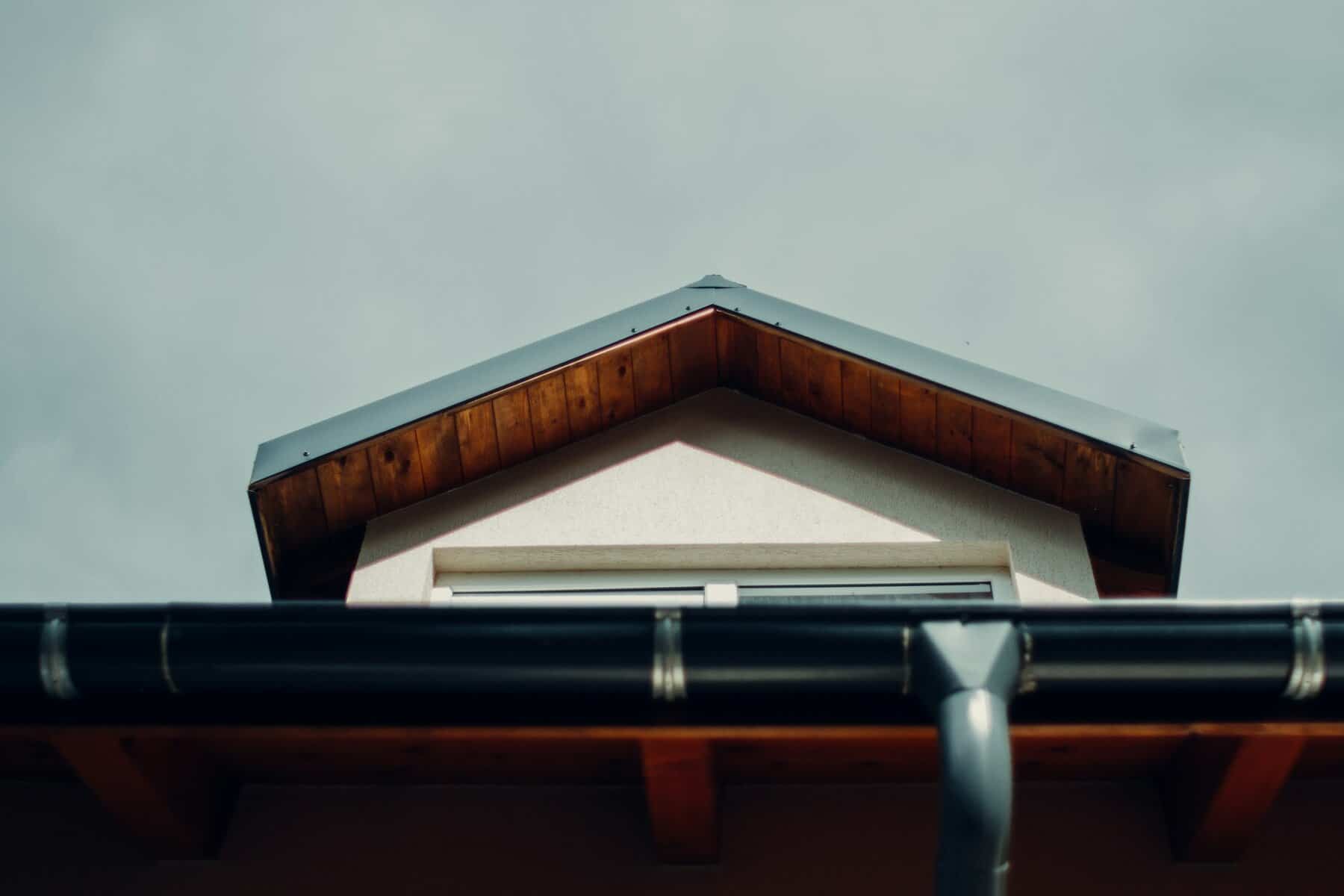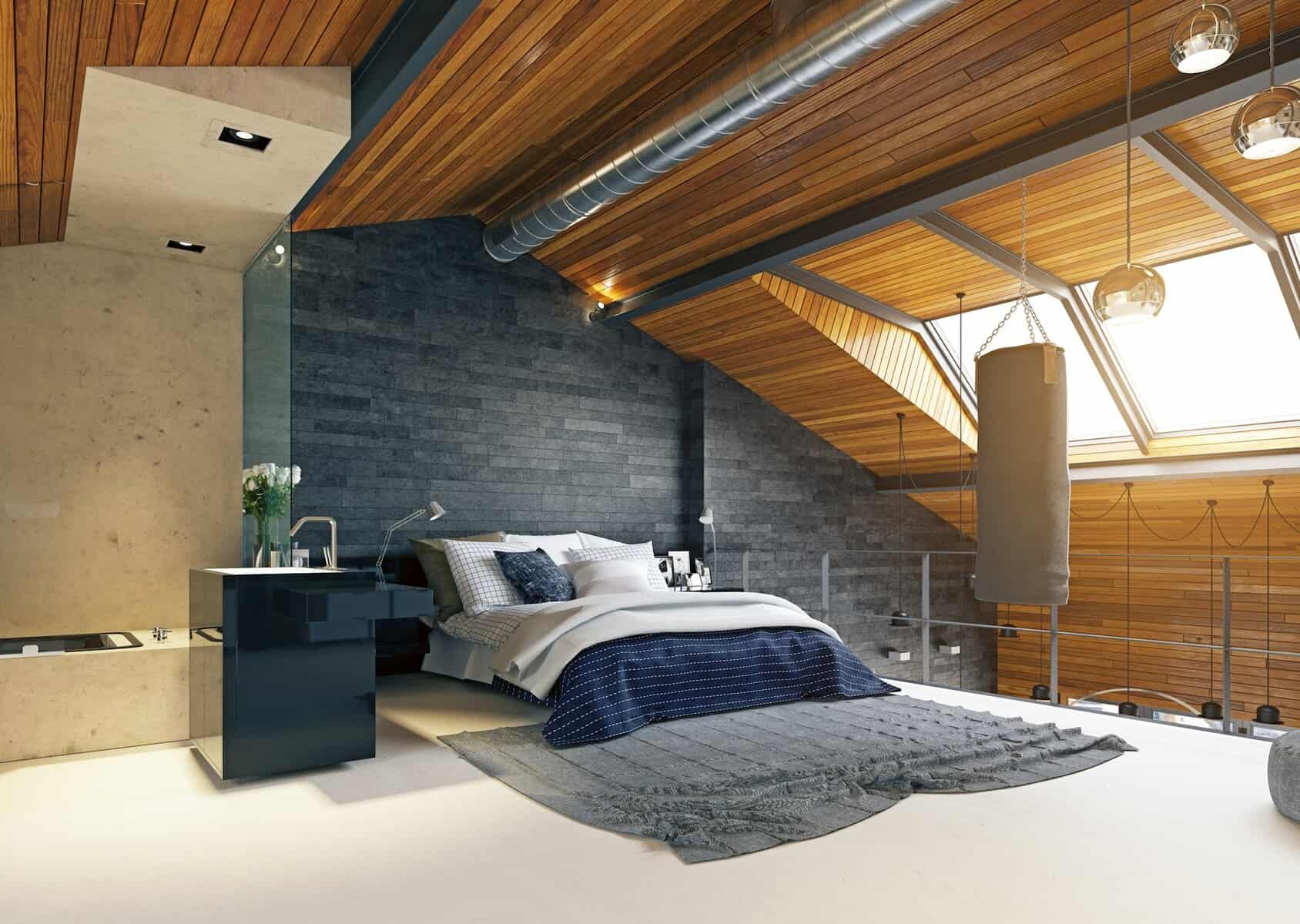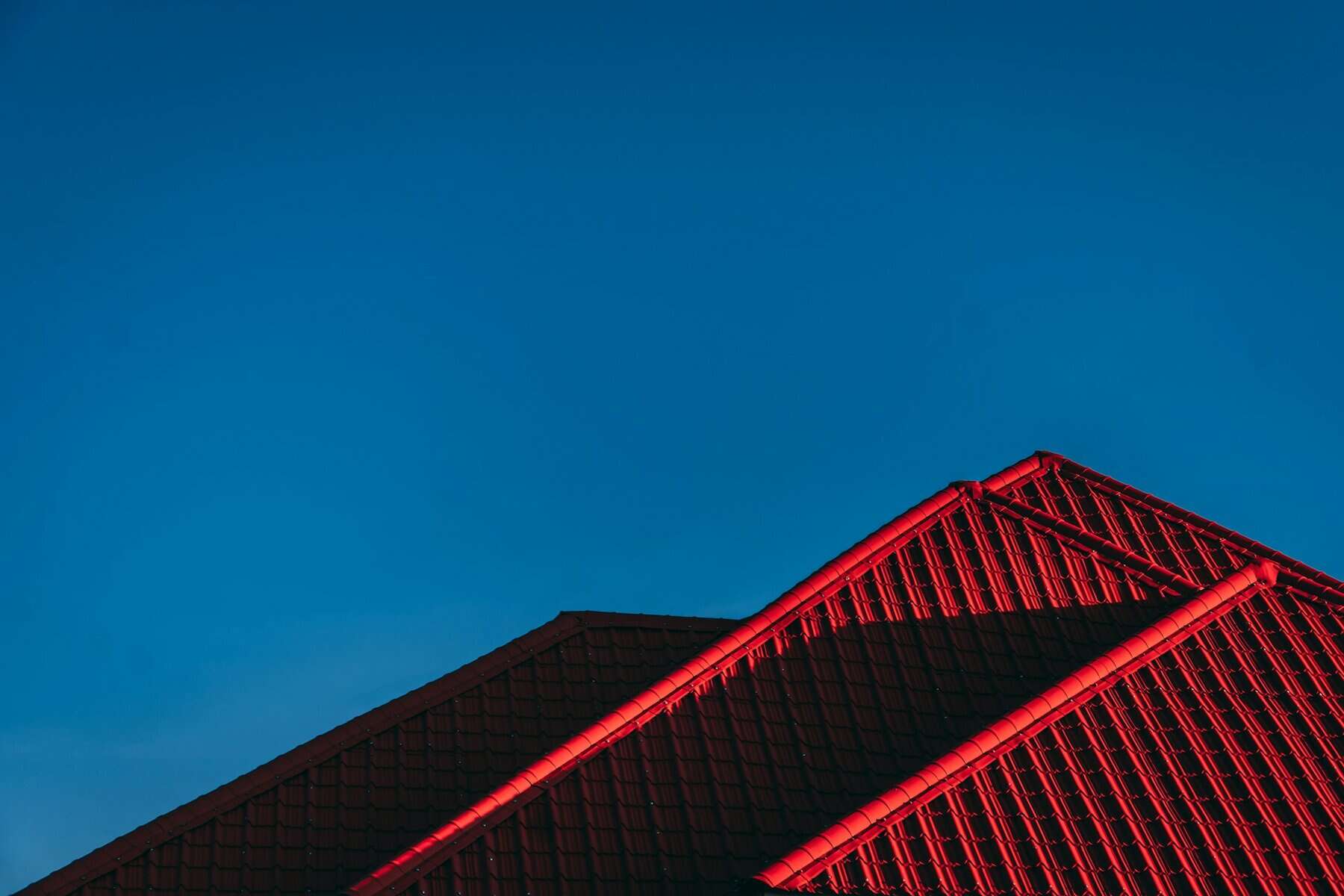Living in New Castle, windstorms are just part of the deal. Strong gusts can sweep in without much warning, and when they do, your roof takes the first hit. These storms can tear off shingles, loosen metal flashing, or toss debris hard enough to cause damage. The problem is, even small damage can grow into something much worse if it’s not handled quickly. Knowing how winds affect your roof and spotting the early signs can stop you from facing more serious and expensive repairs later on.
New Castle homeowners often deal with weather shifts heading into fall. October is when you really start to feel the chill build in the air, and those winds coming up the coast get stronger. That’s why this is the right time to make sure your roof is still holding steady after the summer storms. Wind damage isn’t always obvious, and it’s easy to miss early warning signs when you’re not sure what to look for. That’s where a focused plan comes in, starting with learning how to spot the damage early.
Identifying Wind Damage
After a storm, especially one with strong wind gusts, it’s smart to take a good look around your property. If the roof took a hit, there are usually some signs left behind even if they’re easy to miss at first. A few clues might show up on the driveway or lawn, while others are more visible only from the roofline or just below the gutters.
Here are some of the more common signs of wind damage on roofs:
– Shingles that are completely missing or appear to be curling or flapping when the wind blows
– Cracks along the edge of the roof or sagging sections, especially on older homes
– Displaced flashing around chimneys, vents, or skylights. Bent or missing pieces could leave gaps for water to sneak in
– Granules scattered in your gutters or on concrete surfaces below. Roof granules look like black or gray sand and usually shake loose from shingle wear
One easy way to spot flashing problems is if water starts dripping along indoor ceiling corners after a storm. That may mean flashing has pulled away just enough to let moisture slip inside.
If you’re walking around the yard and see tree branches on the roof or broken shingles on the ground, it’s likely there’s impact damage. A big limb can easily lift shingles or dent structural layers below. And remember, even one missing shingle can begin a chain reaction of problems when the next rain rolls in.
Immediate Steps To Take After Wind Damage
Catching wind damage is important. Acting quickly after spotting it is even more important. Once you see signs of trouble, there are a few key things you should do right away to help prevent further damage and speed up repairs.
1. Keep away from dangerous spots. If there are loose materials hanging from the roof, broken tree limbs, or anything else that looks unstable, it’s safer to stay on the ground and step back.
2. Snap clear photos. Take pictures of damaged shingles, bent flashing, fallen branches, or anything else out of place. Try to get a few close-up shots and a wider view to show where the problem fits in with the rest of the roof.
3. Don’t try to fix it yourself. Wind damage can leave weak areas or hidden leaks you won’t notice right away. Climbing up can make things worse or even put you at risk.
4. Call a roofing contractor to handle the inspection. A professional can safely climb up, check all the damage, and figure out what needs to be fixed or replaced.
5. Start the insurance claim process. Once you have documentation and you know there’s a clear issue, contact your homeowner’s insurance agent. Provide them with the photos and an outline of what happened and when.
Addressing issues quickly can make all the difference. Even small tears in the underlayment or slight shifts in flashing can lead to leaks once cold weather sets in. Fall storms build momentum this time of year, and being proactive keeps a small issue from becoming a big one down the road.
Long-Term Solutions For Wind Damage
Short-term fixes might stop immediate leaks, but lasting protection comes from using the right materials and keeping your roof in solid shape year-round. In places like New Castle, where strong fall winds and coastal storms are always waiting in the wings, a long-term plan really matters. If you’re only reacting to damage after every storm, your roof won’t last as long as it could.
One thing that makes a big difference is using high-quality materials. Some shingles are built to hold stronger in wind-prone areas. Others are more flexible, less likely to crack or lift. The way your roof is installed also plays into how well it holds up when the wind gets moving. A tightly sealed ridge cap and properly anchored flashing are just as key as the shingles themselves.
But even good materials wear down under constant stress. That’s why regular check-ups are so important. Think of it like going to the eye doctor. Maybe you don’t feel like you need it, but keeping it up helps catch small issues before they become bigger problems. A trained roofing contractor can look for weak points that the average person would miss. For example, we had a job in a coastal neighborhood where a homeowner thought only two shingles were missing, but a full inspection revealed several areas where the underlayment had peeled up due to past winds. They had no idea.
The goal is to give your roof the best shot at lasting through season after season. Installing wind-resistant roofing components and keeping up with every little repair adds up. It’s a steady plan that helps avoid costly damage later and keeps your household protected through all the rough stretches of New Castle weather.
Hiring A Roofing Contractor In New Castle
When your roof is dealing with wind damage, fixing it the right way depends on choosing a roofing contractor you can trust. Not every contractor has experience with coastal homes or storm-damaged properties, so it helps to go local and find someone who knows how New Castle weather works.
Here’s what to look for when you’re hiring someone to handle roof repairs after a storm:
– Make sure they specialize in residential roofing and have experience with wind damage
– Ask if inspections include photos and written reports, not just a quick walk-through
– See if they’ll help you understand the extent of the damage before talking about replacements
– Look for someone based nearby, with knowledge of weather patterns in the New Castle area
– Check that they’re fully licensed and insured to work on your home
During your inspection, a good roofing contractor will do more than just glance at the problem spot. They’ll check the flashing, vents, ridge caps, and look under the first layer of shingles to catch damage hiding underneath. If the roof deck has softened or moisture has built up below, they’ll know the right steps to take.
You want someone who’s straightforward, who can tell you if a repair is enough or whether it’s time to think bigger. The right contractor won’t scare you into a full replacement unless that’s really the best option. They’ll outline what’s needed, walk you through the repair plan, and keep you informed each step of the way.
Protect Your Home from Wind Damage
Wind damage isn’t always loud and obvious. Sometimes it’s just one cracked piece of flashing or a spot where the shingles don’t line up quite right. But those small issues are where the biggest problems start. Catching them early is the best way to avoid emergency repairs during a heavy rain or unexpected cold snap.
Routine inspections and picking the right contractor to handle repairs can make all the difference in keeping your home safe. Wind might always be part of life in New Castle, but roof damage doesn’t have to be. A steady plan, a careful eye, and regular upkeep are all it takes to stay ahead and avoid bigger headaches.
If you’re looking to protect your home from unpredictable coastal weather, you can count on a trusted roofing contractor in New Castle to get the job done right. At J. Carnes & Son Roofing, we’re here to help you keep your roof secure, damage-free, and ready for whatever the next storm brings. Reach out to get started on a plan that works for your home and your peace of mind.










